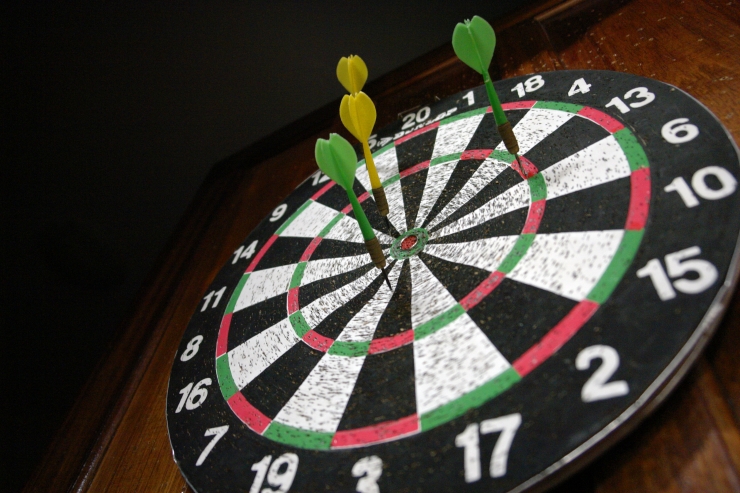
Guest Post: Motivating Employees to Learn
This is a guest post by Rajat Paharia, founder and Chief Product Officer at Bunchball.
Motivating Employees to Learn
There are born learners – people who consume your materials with zeal simply because they enjoy learning new things.
Then there’s the other 98 percent of your workforce.
Despite all your efforts to design materials and tutorials compelling enough to keep employees engaged, learning anything new can quickly feel burdensome to already swamped employees now forced to familiarize themselves with your new in-house CRM platform or learn about your company’s latest products, services and positioning.
Employees will tell you they don’t have the time for training. But what they really lack is motivation.
This is what I’ve concluded after years of helping companies cultivate sustained engagement among consumers, employees and partners with the websites, applications, social business networks and learning environments that are crucial to their business. I’ve also concluded something else: that human motivation is the cold fusion of engagement – an endless source of energy, commitment and enthusiasm.
So how do you harness that engagement engine to transform too-busy employees into committed learners? For a growing number of companies, the answer is gamification.
Most people know gamification by its visible mechanics, such as badges, points, levels, missions and leaderboards. These are the markers of a gamified environment, but the key is in how the experience encourages specific behaviors.
That’s because well-designed gamification environments stimulate the innate motivators that exist in all of us: the desire to have control, to improve, to make a difference, to progress and achieve, and to connect with others. As it happens, tapping into these drivers is essential not only to creating successful video game experiences, but successful training environments as well.
Companies that use gamification to drive adoption or learning take a similar approach: the gamified experience is designed to motivate specific behaviors that, over time, move users to where you want them to be. Relevant information about gamification is available on gamification examples page.
T-Mobile: Motivating with gamification
Consider the experience of T-Mobile, the wireless giant with 45 million U.S. customers. After a major redesign of its T-Community social business environment, T-Mobile gamified the rebooted community. Why? Because T-Community is designed to be the go-to resource for more than 30,000 customer service center and retail store representative. Those employees work in a rapidly evolving environment – the company introduces 30 to 40 new devices a year – and customers expect them to be experts on everything T-Mobile sells. In a market where mobile consumers overwhelmingly base their satisfaction on the quality of the customer service they receive (and especially on the knowledge of service personnel and their ability to resolve issues quickly), the pressure is always on to arrive at the right answer fast.
With T-Community housing the knowledge and resources frontline employees need, learning the new environment is a business imperative.
Using gamification elements that are seamlessly integrated into the T-Community user environment, employees can now earn status and rewards for using T-Community, posting and answering questions, and liking content. Meanwhile, competitive elements enable them to monitor and compare their progress with that of their peers.
Within the first two weeks, more than 15,000 frontline employees had completed an array of Getting Started tutorial missions – far better than historical adoption rates for self-guided tutorials. Within six weeks, user participation in T-Community had increased 1,000 percent. Employees were so active and quick to adopt the new platform that T-Mobile awarded 187,000 achievement badges in the first six weeks.
Best of all, call resolution rates and customer satisfaction scores have been improving each month since implementing gamification.
Clearly, T-Mobile employees are motivated. They’re engaged. And they’re living proof of the motivational power of gamification.
Interested in learning more? Join me for a special webinar, “Making Employee Training Stick,” with Ari Tammam from WalkMe, at 1 p.m. Eastern (10 a.m. Pacific) on Sept. 10. We’ll discuss ways to transform training from dull to memorable, while improving employee performance over the long term.
Rajat Paharia, widely recognized as the father of gamification, is founder and chief product officer of Bunchball. His new book, Loyalty 3.0: How to Revolutionize Customer and Employee Engagement with Big Data and Gamification, is a New York Times and Wall Street Journal best seller.
